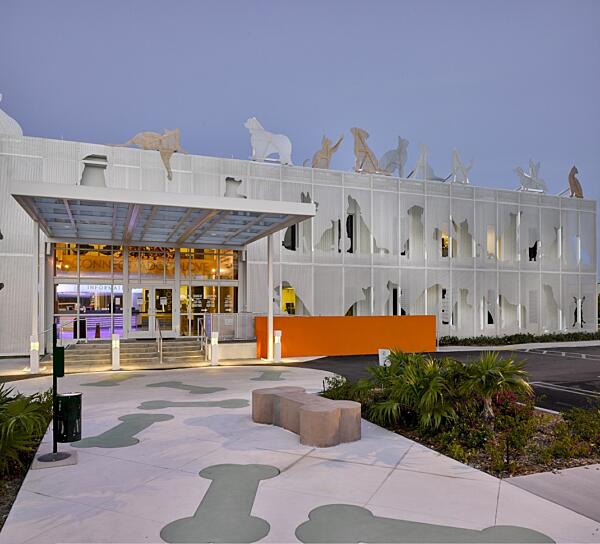HDG Economic Performance
In addition to environmental impact, true sustainable development must also consider economic impacts. Similar to environmental analyses, to understand the complete cost of a corrosion protection system, one must look beyond initial cost to the life-cycle cost (LCC). Life-cycle cost (LCC) is the analysis of the true cost of a coating system over its entire service life. LCC considers initial costs, touch-up costs, maintenance costs, coating costs, inflation, and opportunity costs. Too often, specifiers base their decisions on initial cost alone; a potentially crippling mistake for future generations.
When selecting a corrosion protection system based solely on initial cost, specifiers fail to consider the cost of future maintenance, which also often means a failure to earmark money in future budgets for that maintenance. This all too common oversight contributes to the increasing corrosion problem throughout North America.
The direct cost of corrosion in the US is estimated to be 3% of the GDP, or $557 billion in 2016. However, the $557 billion only reflects the direct cost of corrosion. There are also indirect costs (traffic delays, lost commerce, safety, etc.) to consider, which can be 5-11 times greater than direct costs5. Although corrosion is a natural phenomenon and thus can never be completely eliminated it is a misconception nothing can be done. One of the quickest and most effective ways to cut the cost of corrosion is to specify and budget for corrosion protection systems based on life-cycle cost.

Inital Cost
When selecting a corrosion protection system, initial cost will always be considered. Initial cost takes into account all of the labor and material costs for producing the coated product. Many specifiers erroneously believe hot-dip galvanizing is not economical on an initial cost basis. However, when considering common two- and three-coat paint systems used for corrosion protection, hot-dip galvanizing is very cost competitive.
Life-Cycle Cost
In order to meet the economic component of sustainable development, life-cycle cost (LCC), which can be quite cumbersome to calculate, must also be considered. As hot-dip galvanizing provides maintenance-free performance for 75 years or more in most environments, its life-cycle cost is almost always the same as its initial cost. Conversely, painted systems require routine maintenance on a predictable schedule, which increases the cost of the system over the life of the project. Consequently, when analyzing LCC, hot-dip galvanizing has an unquestionable advantage over paint systems.